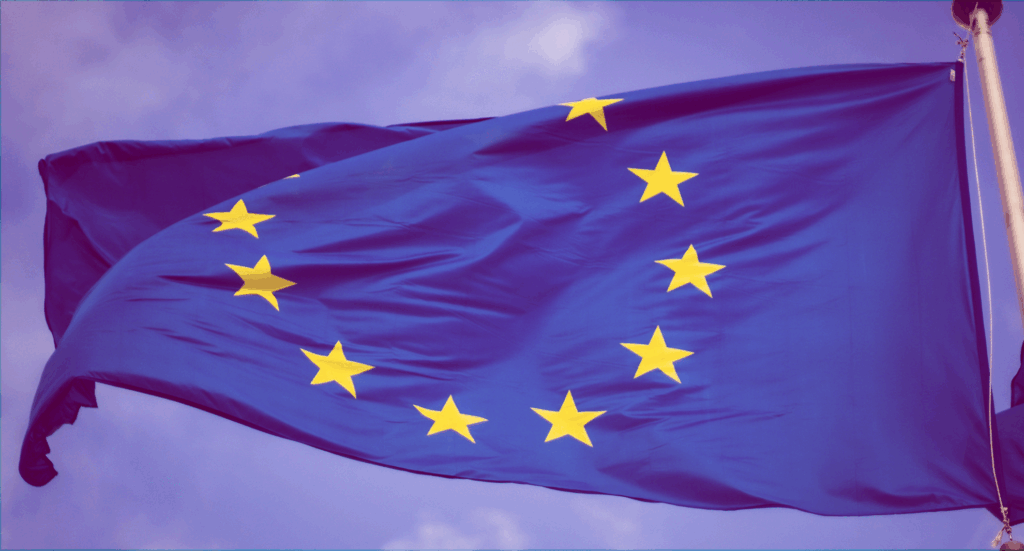Applying for EU funding can be a complex and time-consuming process, but it is also a path to significant opportunities for innovative projects and collaborations across borders. Ali Balador, an experienced project manager at Ericsson, has been involved in applying for and managing EU-funded projects for many years. In this article, he shares his insights and lessons learned from the process of securing funding for the successful ANIARA project, which was also part of Advanced Digitalization.
A unique project in 6G and AI
The project that led to EU funding began as part of Celtic Eureka, a European cluster platform. The original idea was further developed to align with the strategic goals of edge computing and AI in telecommunications. The ANIARA project, which later became a flagship project, involved more than 20 partners, with Ericsson as main coordinator. It was a complex and ambitious initiative that was not only national but also international, with participants from Germany and the United Kingdom.
The main goal of the project was to create an intelligent and sustainable platform for 6G, focusing on AI, edge computing, and developing various components to optimize network usage. It was a joint initiative where companies and academic partners from three different countries came together to collaborate and share knowledge.

The complex application process
To succeed in the EU’s competition for funding, it is crucial to have a well-thought-out and relevant project proposal.
“One of the biggest challenges was building a strong application that would meet the EU’s requirements. For the ANIARA project, the work began in 2018 with an application for EU funding intended to last until 2024. It took over a year to get the project approved and receive the official stamp as a flagship project,” says Ali Balador.
Ali mentions that the process of gathering partners and building a strong consortium was one of the most important success factors. He emphasized the importance of selecting the right players and networking properly. By identifying what the EU was interested in and choosing a topic that matched these criteria, they managed to build a group of partners who were both relevant and experienced.
“One of the biggest lessons learned has been that a project cannot be driven by one person. It is a collective effort, where all partners contribute to the application and planning. It requires a lot of expertise and the right conditions to handle an EU application. For large scale project, forming a core team that takes the main responsibility of forming and writing the proposal is highly suggested. About one and a half full-time equivalents over 9 months are needed just to manage the initial parts,” says Ali.
Building a strong consortium
A successful EU project requires not only administration and good topic selection but also a well-balanced and diverse consortium. For ANIARA, this included large companies, small and medium-sized enterprises (SMEs), and academic institutions. Ali highlights the importance of understanding what expertise each partner brings and the need for a mix of actors to make the application stand out. It is crucial to be able to communicate what different parties contribute.
Including startups was an important part of the process. By involving these innovative companies, they could contribute new ideas and solutions that were relevant to the project’s goals. This diversity and flexibility proved to be one of the key factors for the project’s success.
“However, it requires a lot from me as a project manager to drive the work process that ensures the project reaches its results”, continues Ali.
From idea to market. One of the most rewarding outcomes of the ANIARA project was that several of the developed technologies are now ready to be brought to market. The project has contributed to the development of innovative solutions in AI, edge computing, and 5G, which means they are now commercially viable and prepared for market introduction. This is a significant and rapid advancement compared to how similar projects normally evolve.
For the ANIARA project, EU funding has been a key factor in enabling large-scale technological innovations.
“Modern society increasingly expects advanced digital applications to be available anytime and anywhere. To make future mobile networks ready in terms of performance and functionality for use-case scenarios like smart cities and smart manufacturing, new enablers must be provided to transform these networks into a platform that offers services beyond pure communication, including compute and AI. The ANIARA project, led by Ericsson, contributes novel AI concepts and carrier-grade AI technologies for telecom edge automation, a dynamic computation offloading solution, and demonstrations of edge node data center featuring new cooling solutions.”, says Ali.
Explore more

Facts about the project
Time period: June 2020 – February 2024
Budget (total): €11,214,000
Consortium:
Sweden: Ericsson AB, Arctoslabs AB, Chalmers University of Technology, Enoc System AB, KTH Royal Institute of Technology, Hopsworks, Qamcom, RISE, Systemair AB, Univrses AB, Delta Electronics
United Kingdom: King’s College London, HAL Robotics, Konica-Minolta
Germany: Opel, Technical University of Braunschweig, Fraunhofer IPT, Fraunhofer IST, IconPro
Key lessons for future EU applications – Ali’s tips for those looking to apply for EU funding for future projects:
The topic is crucial: First and foremost, the topic is crucial. Choosing a “hot” topic that aligns with the EU’s strategic interests is an essential prerequisite for success.
Strong consortium: It is important to build a strong and balanced consortium, where each partner has a clear role and contributes something unique to the project.
Time and resources: EU applications are extensive and time-consuming. To succeed, one must be prepared to put in a lot of work on the application process, including writing detailed proposals (up to 300-400 pages). It is about proving why your project deserves funding and clearly demonstrating its potential impact on the market.
Networking: Ali emphasizes the importance of networking and being active at international EU events. By participating in these, one can not only find potential partners but also gain a better understanding of what is required to succeed in securing EU funding.